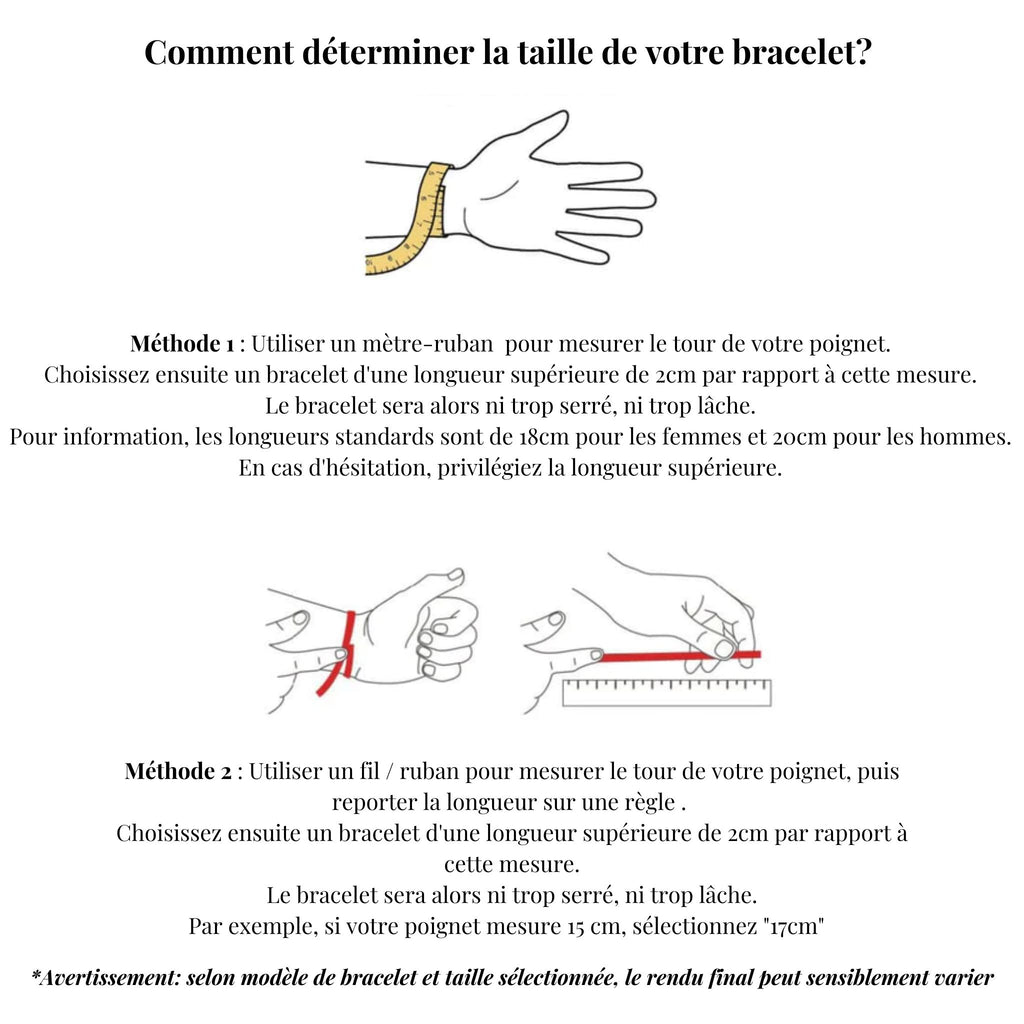Pierre Stibine: Virtues of the Stibine
Allows you to achieve perfection in the transmutation of metal into gold . What if we all had a part of alchemist in us, allowing us to transmute some residual shadows into bright light.
It is a large protective stone which creates an impenetrable barrier around the etheric body. Repels the forces of evil and protects during spiritualism sessions , during cleaning of highly charged places as well as people. Objects can also be neutralized with Stibine.
- Origin of the name: Comes from the Latin “Stibium”
- Home group: Stibines
- Color(s): Black, gray, metallic
- Symbol: Protection
- Hardness: 2
- Main deposits: South Africa, Bolivia, France, Japan
- Chemical composition: Antimony sulfide
- Day of the week: Every day
Varieties of Stibina
The Stibine crystal stone is a relatively rare stone. It does not yet have defined varieties.
The Stibina is the friend of the Emerald in the search for perfection . Combined, they make it possible to take this final difficult and painful step which allows access to wisdom. But be focused on your work and purify your mind , because this final impulse could well result in an almost definitive failure: all the work of structuring your energy system would have to be redone.
Benefits and virtues of Stibina
The Stibine protection stone is a true crystal for our times. It helps us adapt to the constant changes we face every day. This alleviates fears, difficulties and chaos. The Stibnite can help stabilize the economy, making it a perfect piece to use in intention ceremonies and meditations.
It also helps with the different energy shifts and higher frequency energies that our bodies experience. This will help counter the physical symptoms of these shifts.
Stibnite can be used as a diagnostic tool for healing. The energy of Stibine allows for in-depth knowledge of the physical body, which will help scan the internal body for specific areas where disease may be present. Stibine will also promote the cleansing and release of toxins from the emotional body . It acts on muscle tears.
Use Stibina to enhance meditations , traveling experiences on the go (an open spiritual opening while remaining present and aware) and allow for greater understanding and ability to communicate with the animal, plant and mineral kingdoms.
The Stibine protection stone can help heal infections, stomach and esophagus disorders and muscle tension.
Chakras
The Stibine protection stone connects to the Solar Plexus chakra to promote tranquility and a centered feeling . Its energy is subtle and calm. The Stibine allows spiritual opening while keeping the mind present and conscious. Do not use in gem elixirs.
It is unusual not only in its alignment, but also in the forms it can take. This has an effect on the Solar Plexus and Throat Chakras , as well as the gentle touch of the Heart and Third Eye.
Astrological signs
The Stibine stone would be linked to the signs of Capricorn and Scorpio .
Recharging and purification
After a while the stone gave all the energy it could.
It can be purified energetically by placing it on a bed of coarse salt for several hours or by immersing it in non-calcareous water for several hours. You can also place the stone on a mass of quartz .
For greater efficiency, you can then charge in the sun or natural light .
It will be necessary to discharge it carefully at the end of work, in order to avoid sending the harm onto others (or even onto oneself).
It can also be used to neutralize objects (statues, others, etc.) suspected of being negatively charged. It will be enough to place the Stibine under the object, the effect measurable by dowsing is immediate.
Meaning and history of the Stibina
In the context of very old and very studied stones , the stone known and used since Antiquity: Stibine, another name for antimony sulphide.
Among the Greeks, it took the name “stimmi” and among the Romans “stibium”. This tells you if his identity card was established very early…
At that time, it was mainly used as a cosmetic . Reduced to powder, it was applied to the eyelids with a bone needle. It had the reputation of widening the eye and making the gaze gently languorous. This use as makeup is even mentioned in the Bible: Jezebel used it.
Still in the East and up to our time, Stibine remains used for the same purpose: it simply changed its name to kohol, which must undoubtedly tell you something.
Alchemy has obviously focused on this very particular stone , an entire work was dedicated to it by Basil Valentin, a 15th century alchemist under the title: “The triumphant chariot of antimony”. This did not prevent the French Parliament from banning its use in 1566. This ban, however, was ineffective: stibnite was said to have cured the young King Louis XIV.
It has been used since the Middle Ages as an emetic , against ulcerations, wounds and hemorrhages. Its application around the eyes as eye shadow also gives it a link with eye drops. More broadly, it is a general purifier of the body . Currently, it is mainly used as a painkiller in all forms of arthritis and rheumatism, even acute . It is also a good support for the esophagus and stomach.















